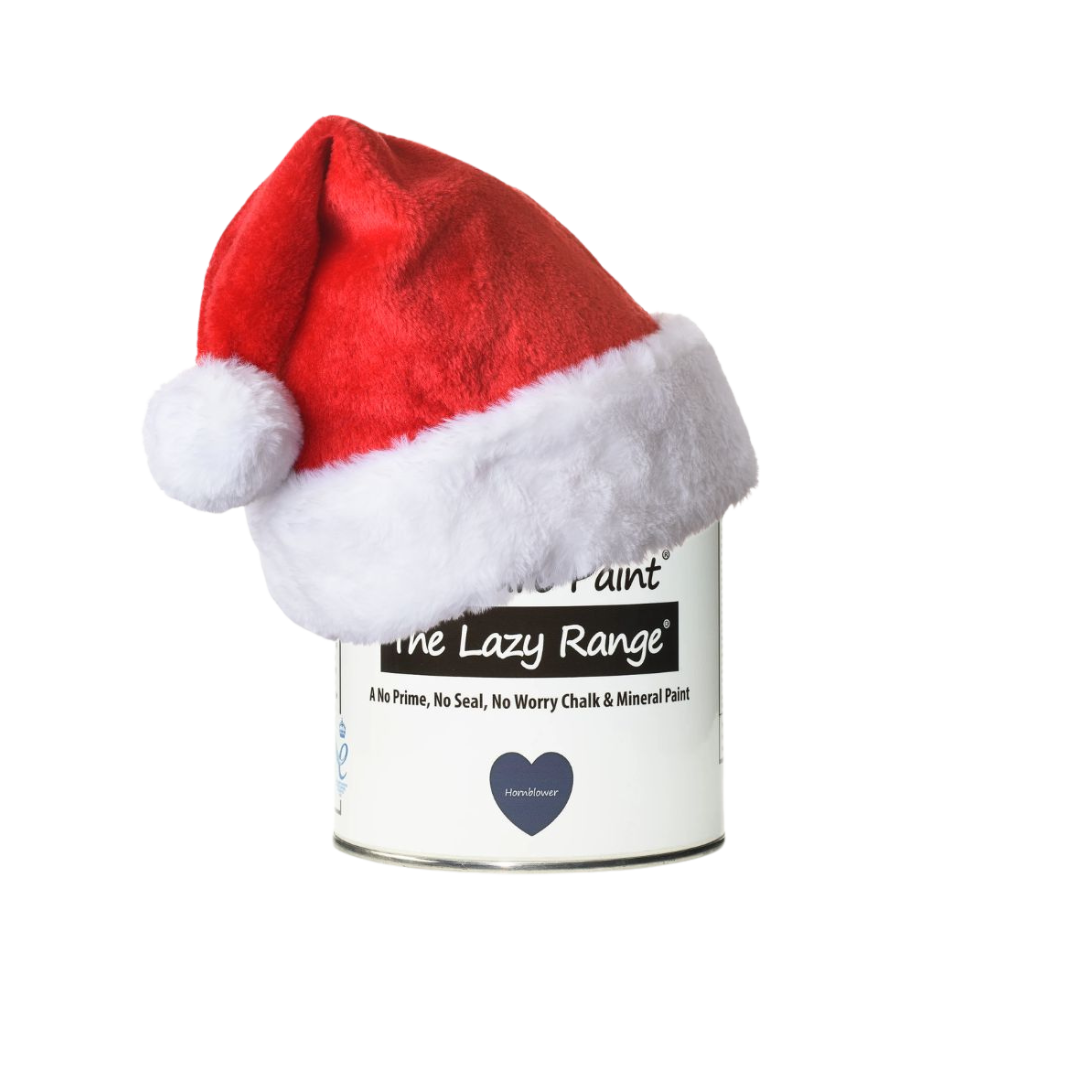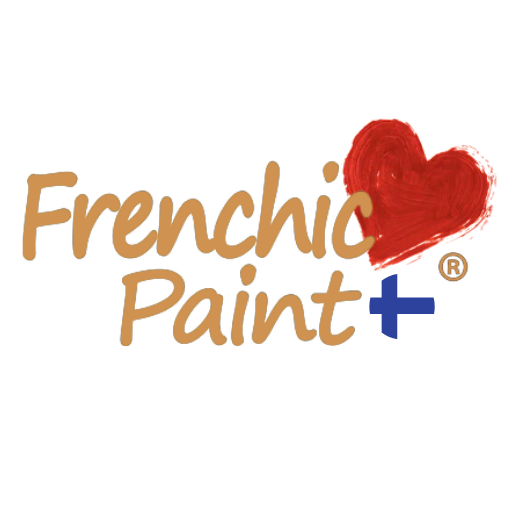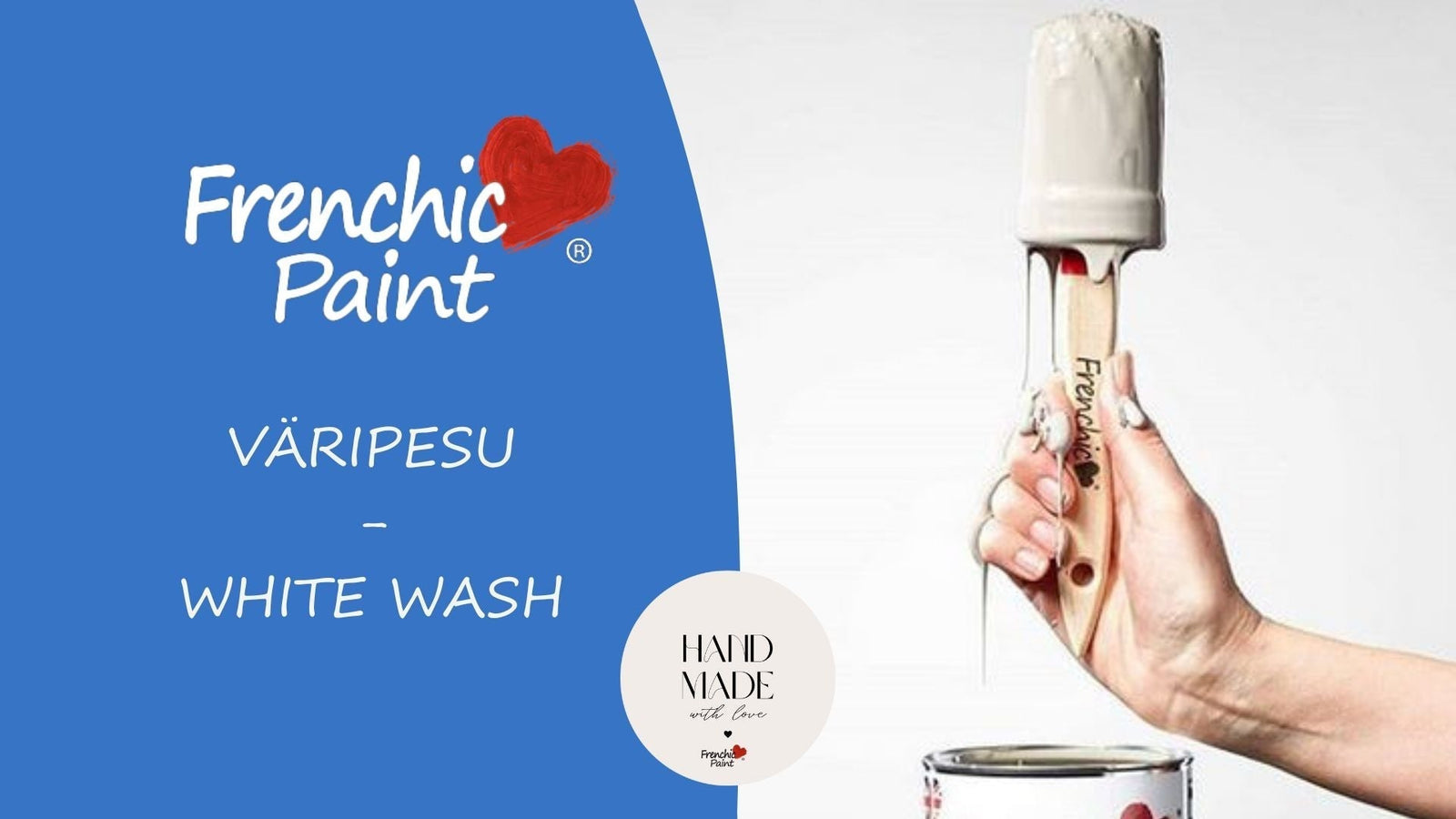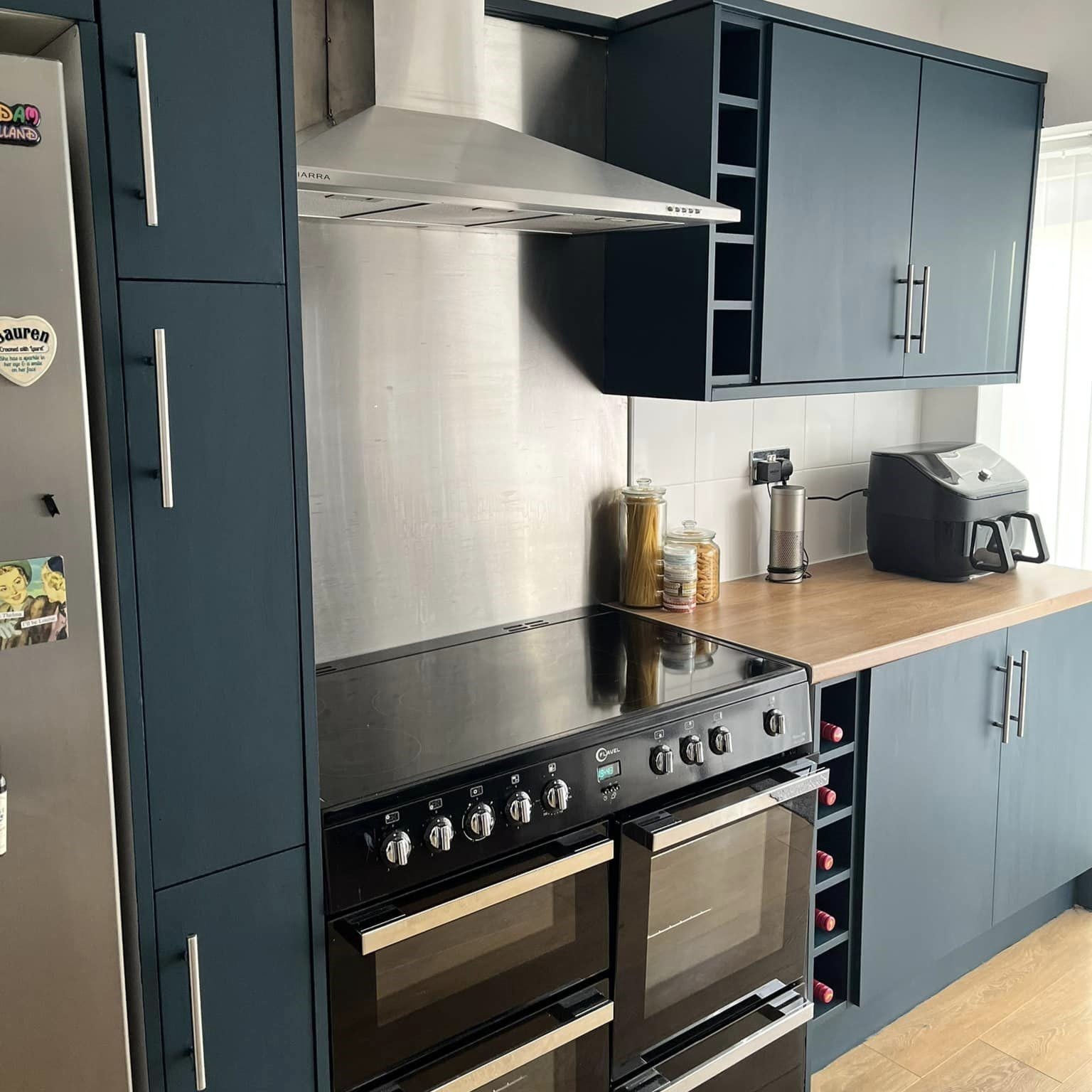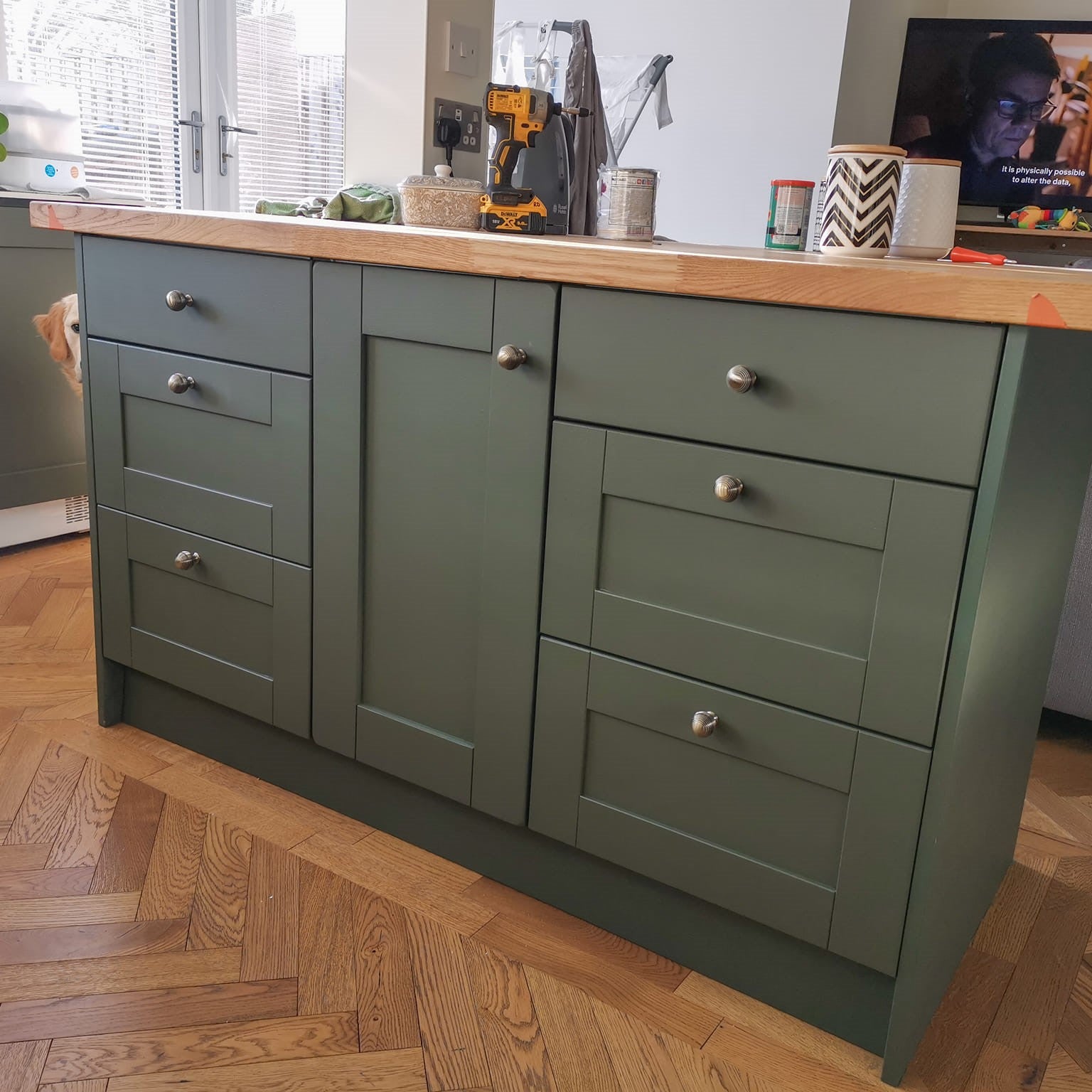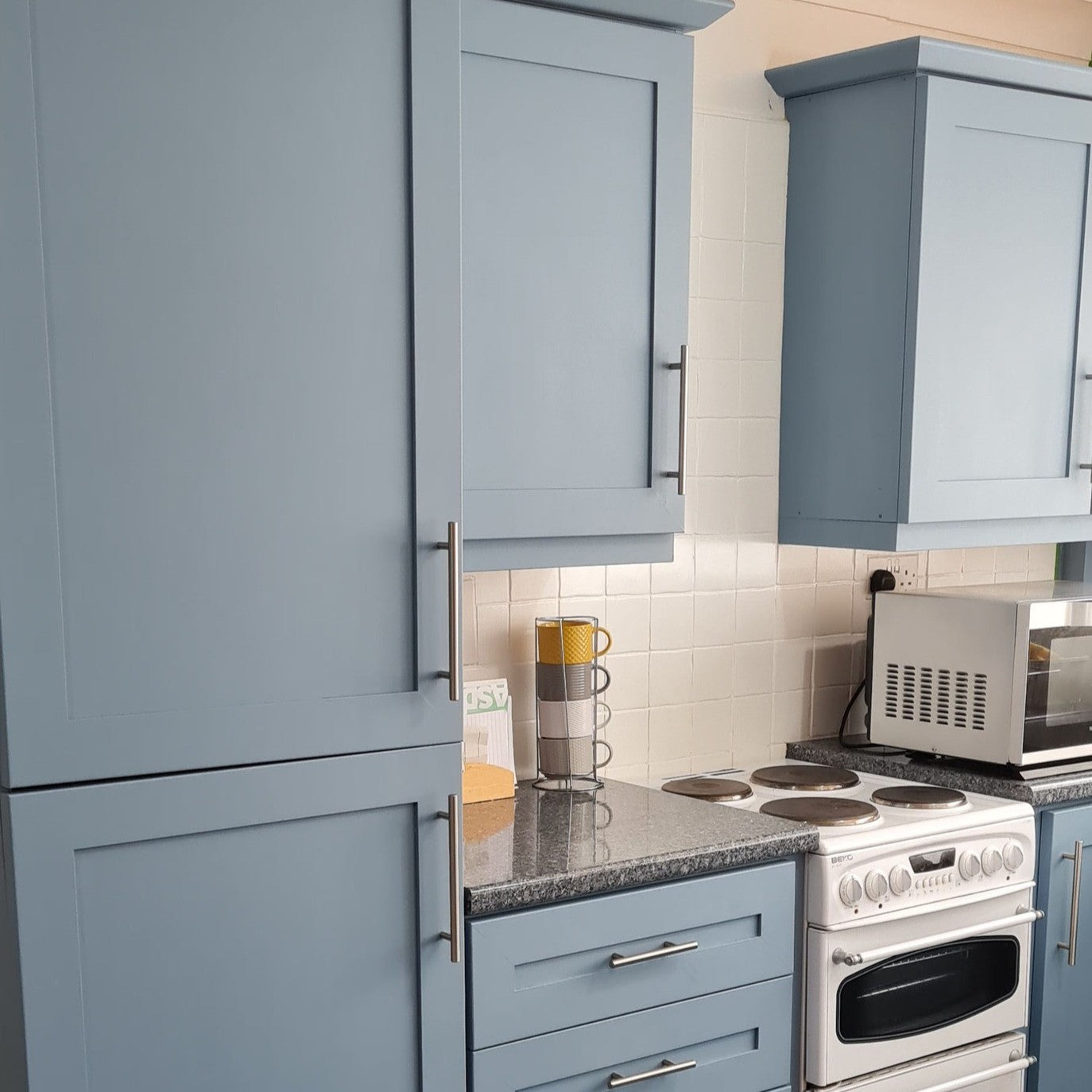Instruktioner för vittvätt – så här gör du:
Ibland kan det vara lämpligt att helt enkelt ljusa upp en träyta som har gulnat med tiden, oavsett om det är på möbler eller en vägg.
Den här tekniken gör att träådringen syns och använder väldigt lite färg!
Du kan göra den här tekniken med vilken färg som helst, men vita eller ljusa nyanser av kräm och sand används oftast. Hur skulle en färgtvätt gjord med svart se ut?!
Försök och testa först.
Färgtvätt har fått sitt namn från det faktum att en möbel eller yta "tvättas" med en utspädd färg-/vattenblandning och överskottet torkas bort.
Färgtvätt är lämplig för rena träytor, slipade ytor; till exempel för möbler, panelväggar, timmerytor och tak. Denna teknik gör att träådringarna blir vackert synliga.
Låt oss börja
- Först, skydda golvet under möblerna.
- Med den här tekniken är den uttunnade färgen rinnig och stänk kan förekomma.
- Förbered luddfria trasor för avtorkning, en färgblandningsbehållare och en omrörare eller visp, och skydda golvet under möblerna.
Späd ut färgen rikligt i en separat behållare.
- Den mjölkiga konsistensen är bra. Borsta/tvätta möbelns yta med blandningen och torka bort eventuell överflödig blandning som inte har absorberats av möbelns träyta.
- Börja med ett förhållande på 50 % vatten och 50 % färg. Applicera den utspädda färgen på ytan med en pensel.
- Upprepa för att uppnå önskat resultat och ton.
Varje upprepning ökar mängden nyans och jämnar ut slutresultatet, och du kan också påverka färgens absorption genom att förlänga tiden mellan borstning och avtorkning.
Låt varje lager absorberas av träytan i 15–30 minuter innan du torkar av och applicerar nästa lager.
Denna teknik används bäst på rena eller slipade träytor, där den utspädda färgblandningen kan absorberas av möbelns träyta. Den här tekniken fungerar inte på gammal färg.
Ytan blir ofta livfull med den här tekniken eftersom färgblandningen absorberas in i träet på olika sätt och i olika djup, beroende på träets ådringstäthet.
Kom dock ihåg att du inte kan förvandla en gammal, mörk träyta till en genomskinlig vit färg utan att noggrant slipa ytan.
Prova dessa ljusa nyanser:
-
benvit Crème de la Crème , från Lazy Range-serien
-
Ren vit Vitare än vit , från väggfärgsserien för att ljusa upp stora vägg- och panelytor
-
sandtonade Salt of The Earth , från Lazy Range-serien
Det finns inga regler i den här tekniken heller – du kan vara kreativ med de nyanser och möbler du vill ha – slutresultatet är en fantastisk effektyta.
Tips: Om du vill ljusa upp till exempel en slipad köksbänkskiva som är hårt sliten i vardagen är det bättre att göra det med färgtvättningstekniken 'White Wash' än med vitvax.
Du kan tillsätta vitt vax för att avsluta färgtvätten.
Späd inte ut färgen i färgbehållaren! Förtunnad färg håller inte länge.
